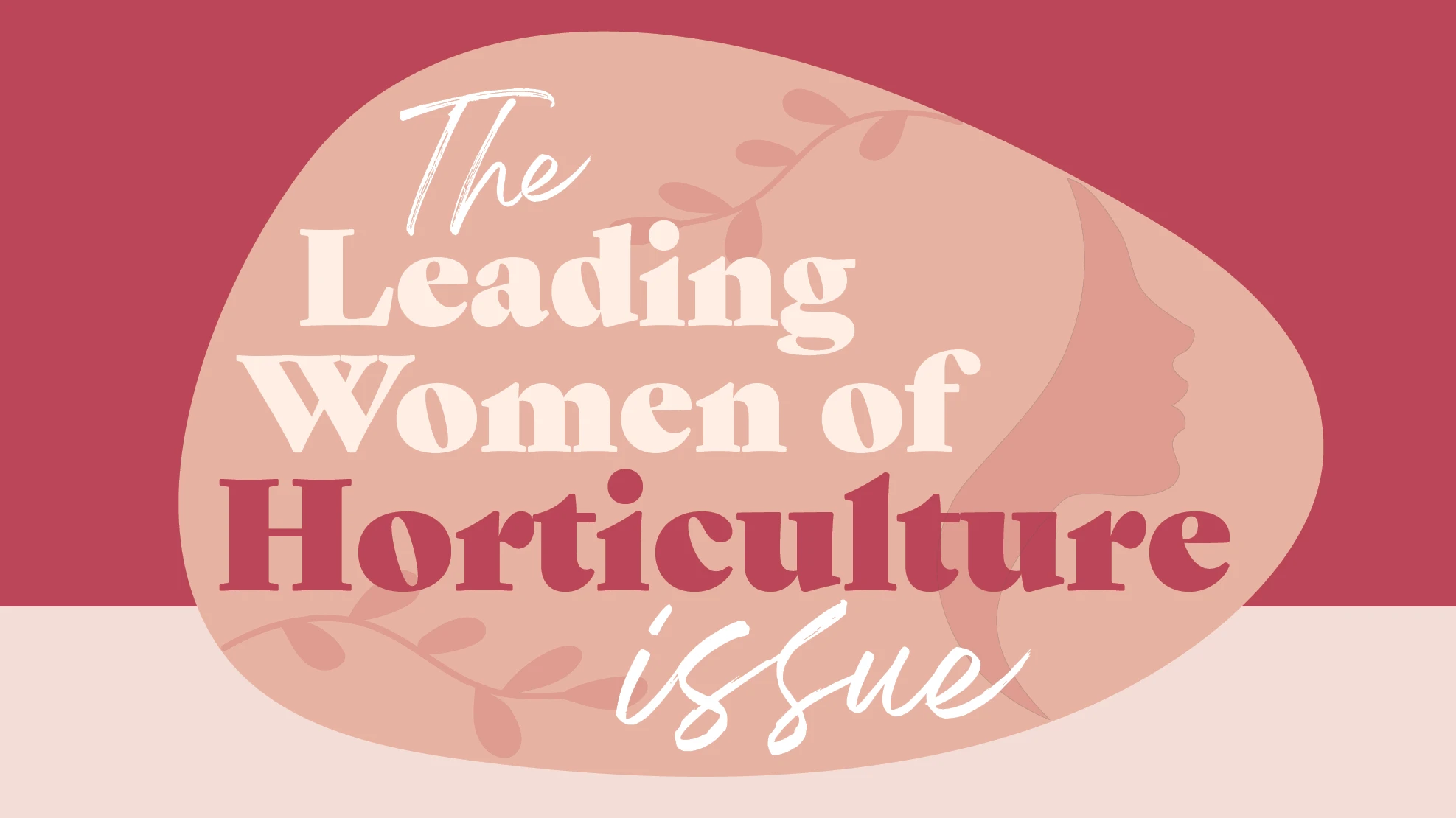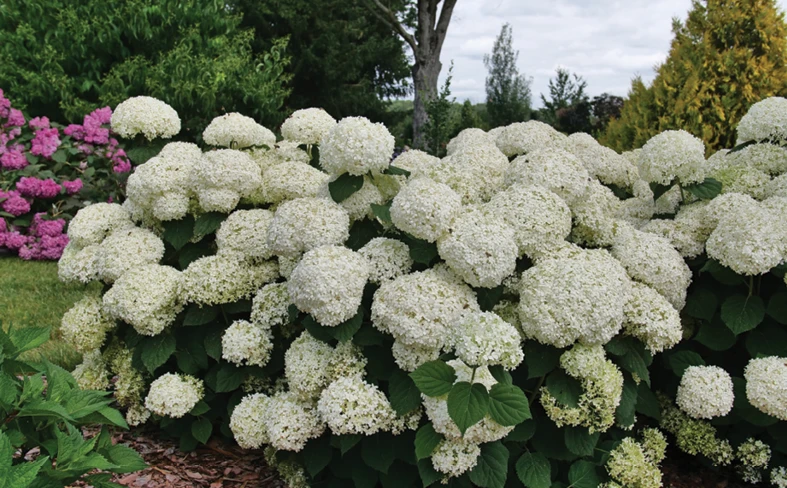|
 You wouldn’t keep your car in fifth gear to drive around town – you’d shift to a lower gear so that your motor isn’t working any harder than it has to. Variable Frequency Drives (VFDs) are the same principle – they allow a motor to shift to a lower gear, and only work as hard as needed to do the job. This means saving energy, cutting energy costs and lowering greenhouse gas emissions. You wouldn’t keep your car in fifth gear to drive around town – you’d shift to a lower gear so that your motor isn’t working any harder than it has to. Variable Frequency Drives (VFDs) are the same principle – they allow a motor to shift to a lower gear, and only work as hard as needed to do the job. This means saving energy, cutting energy costs and lowering greenhouse gas emissions.
When you install a VFD on an irrigation pump, it also enables you to match water volume to plant needs, rather than being stuck with one speed for watering - high, which benefits plant health and saves precious water resources.
Eshraghi Nurseries (www.eshraghinursery.com) is a family-owned wholesale grower in Hillsboro, Ore., specializing in Japanese maples, grafted conifers and woody ornamental nursery stock.
Eshraghi draws irrigation water for their nursery from ponds, wells and the Tualatin River. In early summer 2010, Eshraghi installed its third VFD on a 50-horsepower well irrigation pump.

Benefits from the VFD include being able to match water use to water needs, which benefits plant health and growth and saves water. Avoiding future pump maintenance issues is also an anticipated benefit of the VFD, as it will allow multiple low volume uses of water without risking pump blowout.
Chris Lee, Eshraghi farm manager, said there was a fine-tuning period for a few months with the second VFD pump they installed, but the computer technician from Hillsboro Pump was very responsive in helping us calibrate the pump to meet our needs, and now it’s working perfectly, he said. Nurseries should also know that there is an override on VFDs that allows manual operation if needed. Lee recommends that nurseries install VFDs when they are not irrigating, as VFD installations can take irrigation off-line for several days.
ROI
The nursery will receive one-third of its $8,000 capital investment in a VFD back through a tax credit, as well as incentive funds for half of the upfront cost from Energy Trust of Oregon.
With these funds, Eshraghi believes that its up-front investment will pay back within approximately eight months based on an anticipated 50 percent annual energy savings from the VFD. The nursery estimates that it also spent an additional $5,000 in time and labor for system design.
Allison Hensey is program director, Healthy Foods and Farms at the Oregon Environmental Council, allisonh@oeconline.org. Recommendations such as VFD installations are available through the Climate Friendly Nurseries Project (CFNP), www.climatefriendlynurseries.org. CFNP is an innovative partnership between the Oregon Association of Nurseries and the Oregon Environmental Council. The first of its kind in the nation, the project’s central goal is to help nurseries reduce energy, resource inputs and greenhouse gas emissions, while achieving greater economic efficiency and profitability.
|


 You wouldn’t keep your car in fifth gear to drive around town – you’d shift to a lower gear so that your motor isn’t working any harder than it has to. Variable Frequency Drives (VFDs) are the same principle – they allow a motor to shift to a lower gear, and only work as hard as needed to do the job. This means saving energy, cutting energy costs and lowering greenhouse gas emissions.
You wouldn’t keep your car in fifth gear to drive around town – you’d shift to a lower gear so that your motor isn’t working any harder than it has to. Variable Frequency Drives (VFDs) are the same principle – they allow a motor to shift to a lower gear, and only work as hard as needed to do the job. This means saving energy, cutting energy costs and lowering greenhouse gas emissions.






